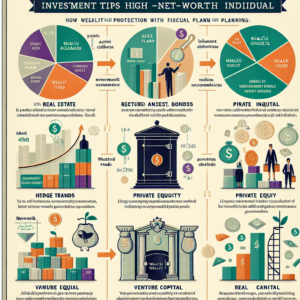
The Rise of Digital Banking: Key Trends Shaping the Future
As technology continues to evolve at a blistering pace, the banking sector has not been left behind. The once traditional banking model, characterized by brick-and-mortar locations and long queues, is undergoing a massive transformation. Today, digital banking is at the forefront of this change, driven by consumer demand for more accessible, faster, and more efficient banking solutions. This evolution is marked by several key trends that are reshaping the industry.
Personalization through Artificial Intelligence (AI) and Machine Learning (ML)
One of the most significant trends in digital banking is the use of AI and ML to offer more personalized banking experiences. Banks are leveraging these technologies to analyze customer data and provide tailored financial advice, product recommendations, and customer support. This level of personalization not only enhances customer satisfaction but also enables banks to better understand and anticipate their clients’ needs.
Seamless Mobile Banking Experiences
The surge in smartphone usage globally has made mobile banking not just a convenience but a necessity. Today, customers expect to perform a wide array of banking services from their mobile devices, from transferring funds and paying bills to applying for loans and opening new accounts. Banks are responding by developing more intuitive, user-friendly mobile apps that provide a seamless, hassle-free banking experience.
Blockchain for Enhanced Security and Efficiency
As digital banking grows, so does the concern for security and privacy. Blockchain technology offers a solution to these challenges, providing a secure, decentralized platform for conducting transactions. Its inherent characteristics – transparency, immutability, and encryption – make it an ideal technology for fighting fraud, enhancing digital identity verification, and streamlining cross-border transactions.
The Emergence of Neobanks
Neobanks, or digital-only banks, are emerging as formidable competitors to traditional banks, thanks to their lean, technology-driven approach to banking. With lower operating costs, they can offer lower fees and higher interest rates on savings. Neobanks are particularly appealing to the digital-savvy, younger generation, who prefer conducting their financial transactions online or via mobile apps.
Integration of Banking Services with Non-Financial Platforms
The future of digital banking is not just about standalone banking apps but also about integration with broader ecosystems. Banks are partnering with non-financial platforms such as e-commerce sites, social media, and lifestyle apps to offer embedded financial services. This trend towards “Banking as a Service” (BaaS) allows consumers to access financial products and services conveniently without leaving their preferred platforms.
Conclusion
The digital banking landscape is evolving rapidly, fueled by technological advancements and changing consumer expectations. From AI-driven personalization to the rise of neobanks and the integration of financial services into broader ecosystems, these trends are reshaping the future of banking. As we move forward, the ability of banks to adapt and innovate will be crucial in determining their success in this new digital era.





